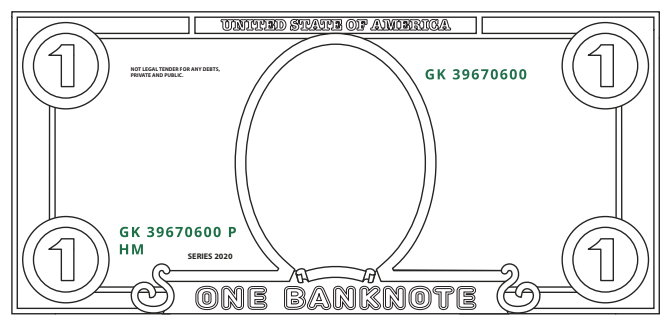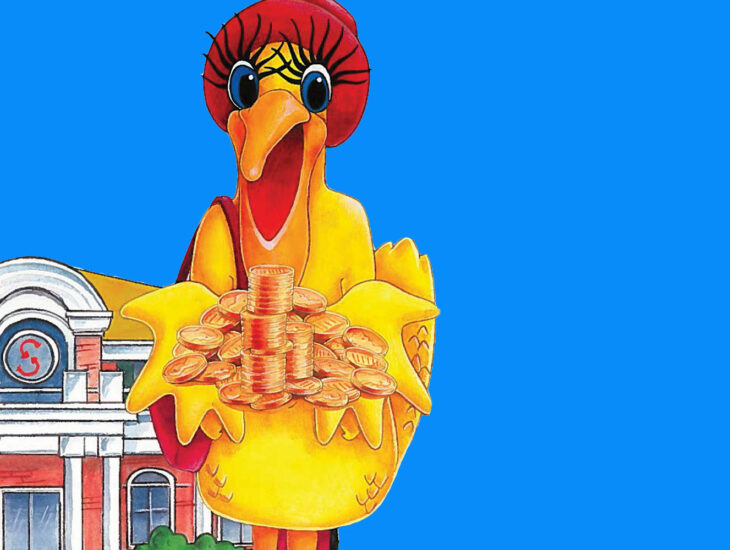
Tana Unbehagen
March 1, 2020
All-Star of the Month | Bentley Wallis
March 1, 2020The month of March always has me seeing lots of green. Green grass starts to grow as spring nears, and green clovers decorate homes and businesses in celebration of St. Patrick’s Day. Of course, my favorite green thing is money! Because of its color, money is sometimes referred to as “greenbacks” or just “green.”
But, have you ever wondered why our money is green? When U.S. paper money was introduced in 1861, the Bureau of Engraving and Printing opted to use green ink because the color was resistant to chemical and physical changes making the bills harder to counterfeit or fake. The government continued to use the green ink even when bills were redesigned because the ink was plentiful and durable.
Each day, the U.S. Bureau of Engraving and Printing uses more than 9 tons (or 19,000 pounds) of ink to print approximately 26 million bills. Those bills are worth approximately $974 million. That’s a lot of green!
Money Word Search
Can you find these money words in the puzzle below?

Designing Money
Before any money was printed, banknote designers working for the U.S. Bureau of Engraving and Printing had to develop the overall look, layout, and artistic details of each bill. If you were given the job to redesign the $1 bill, what would it look like? Design your bill using the template below.







